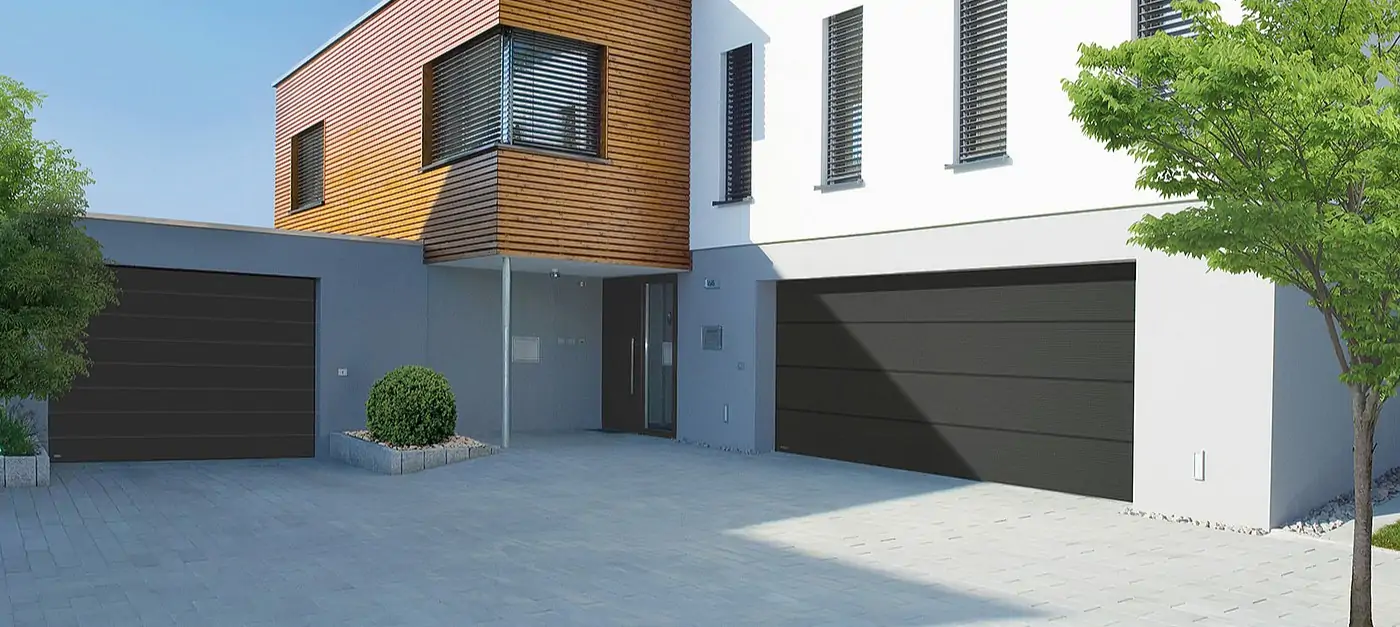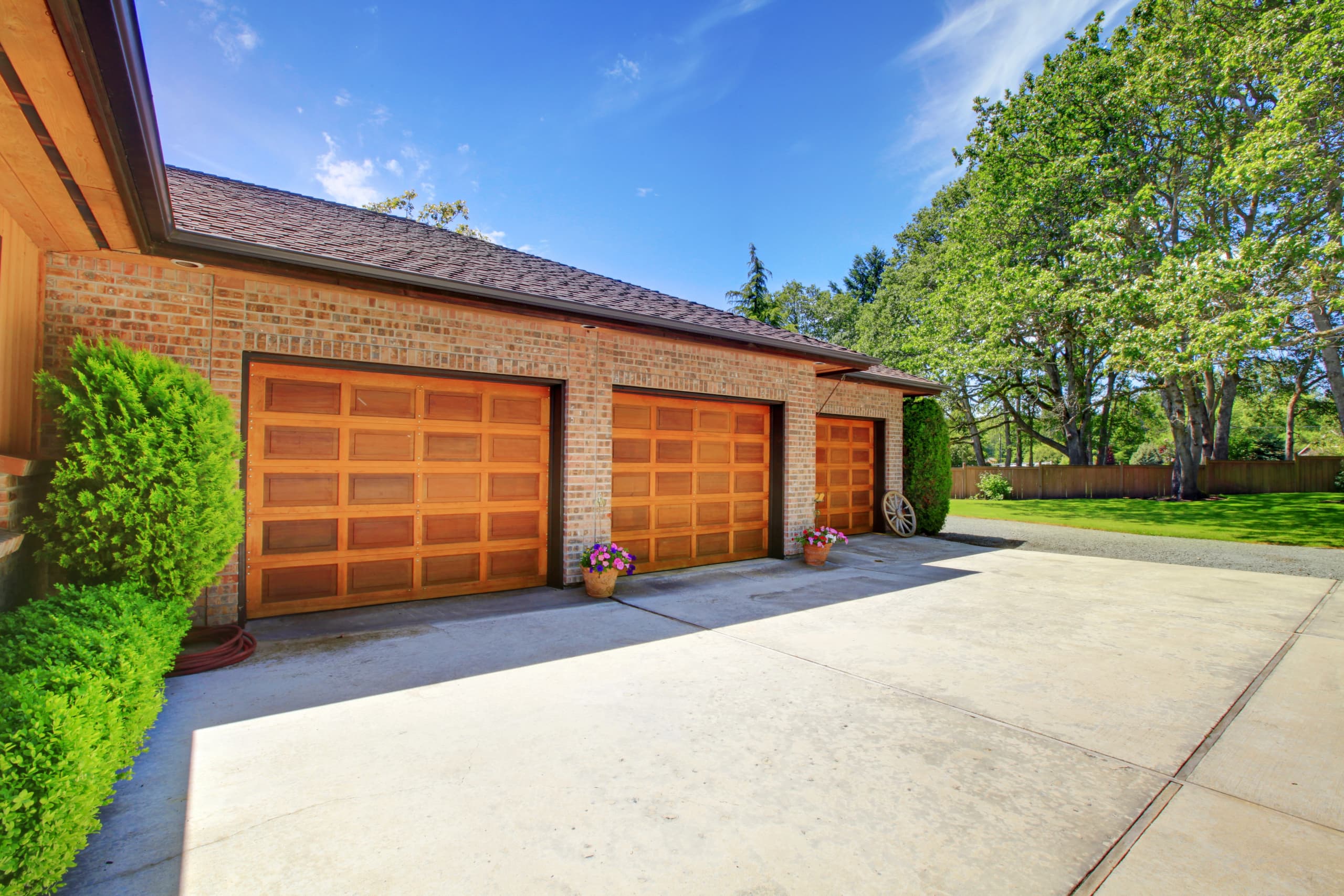How To Replace Your Garage Door Lock

Even if you maintain your garage door well, chances are there will be a point where you’ll need to replace the lock. No matter what type of lock you currently have, from heavy-duty styles to slide locks and handle-lock combinations, there are ways to replace or change out a lock with ease. All you’ll need to change your lock is the replacement, a drill and the hardware that comes with your new locking mechanism.
The types of garage door locks
The first step to replacing your garage door lock is to know what hardware you’re changing. There are several types of door locks to choose from, each with its own variations.
T-Handle – T-handle locks, as the name suggests, are shaped like a ‘T’ and have a keyed cylinder in the centre of the handle on the outside of the door. The inside usually has a second T-handle or a lever with tensioned cables attached to latches on both sides of the door. To replace this type of lock, you’ll need to start inside and remove the set of screws on the interior handle to pull the exterior one loose. Naturally, this is easier if you have someone else to help you, or you can contact our team to repair the lock for you.
Rim Lock – Rim lock cylinders are visible from the exterior of the garage, with the lock body on the inside. The screws are found on the thumb-turn and hardware on the inside, which you’ll need to locate before switching out the lock. If you’re replacing like for like, you can hold onto the rim latch to avoid redrilling a new set of screws – just make sure the lock cylinder you choose will fit the current latch dimensions before you begin.
Choosing a new garage door?
- Explore our range of leading garage door manufacturers. We'll help you to choose the right door for your home.
Padlock – A padlock is usually found on the outside of the garage and fastens with a hasp attached to a bolt, which extends into the ground or sidewall of the garage. They’re commonly used with roller doors, one of the most secure garage doors you can buy. A padlock replacement is very simple to do and just requires you to remove the old padlock and put the new one on. But if your padlock won’t open, you might need the assistance of a pair of bolt cutters or even an angle grinder for higher-security locks to cut the padlock open.
Sliding bolts – Sliding drop bolts are attached to the lower corners of the garage door, with the bolt fitting snugly into a slot in the wall or floor. They are inexpensive and work with most types of garage door to add an additional layer of security. The benefit of this type of lock is that it can be used alongside other types of security measures to further protect your garage from a break-in, plus they’re easy to install yourself.
Replacing the door lock
Before beginning, make sure you’ve read the instructions for the new hardware carefully and have gathered the tools you need to carry out the job. Then, close your garage door. If you have an automatic garage door, unplug the opener to ensure that no-one can accidentally open it while you’re working on it. Next, you’ll need to remove the existing lock, by unscrewing the screws that connect to the spigots. Activate the new lock so that the bolt is protruding in the locked position and place it where the old lock used to be to make sure that the mechanism extends through the hotel in the garage door to keep the door closed.
You will also need to check where the mounting holes are on the new lock to see if they align with the existing screw holes. If they align exactly, you can simply screw in the new lock with the mounting screws that come with the new hardware, and you’re done. But if they don’t align, you’ll need to pre-drill new holes. Install the new lock by screwing in the new hardware and check that it works smoothly before testing the door.
Key takeaways
Make sure you first identify the type of garage door lock you’re using, and the reasons why you want to replace it – is it damaged, for example, or do you simply want a more secure lock?
Maybe you want to control access for a property that now has new owners, which will alter which locks are available to you as not all locks are re-keyable. In answering these two questions, you’ll have a better understanding of the options available to you and how to go about changing the lock.
Need some assistance? We would be happy to help – get in touch with us today to discuss the options.


